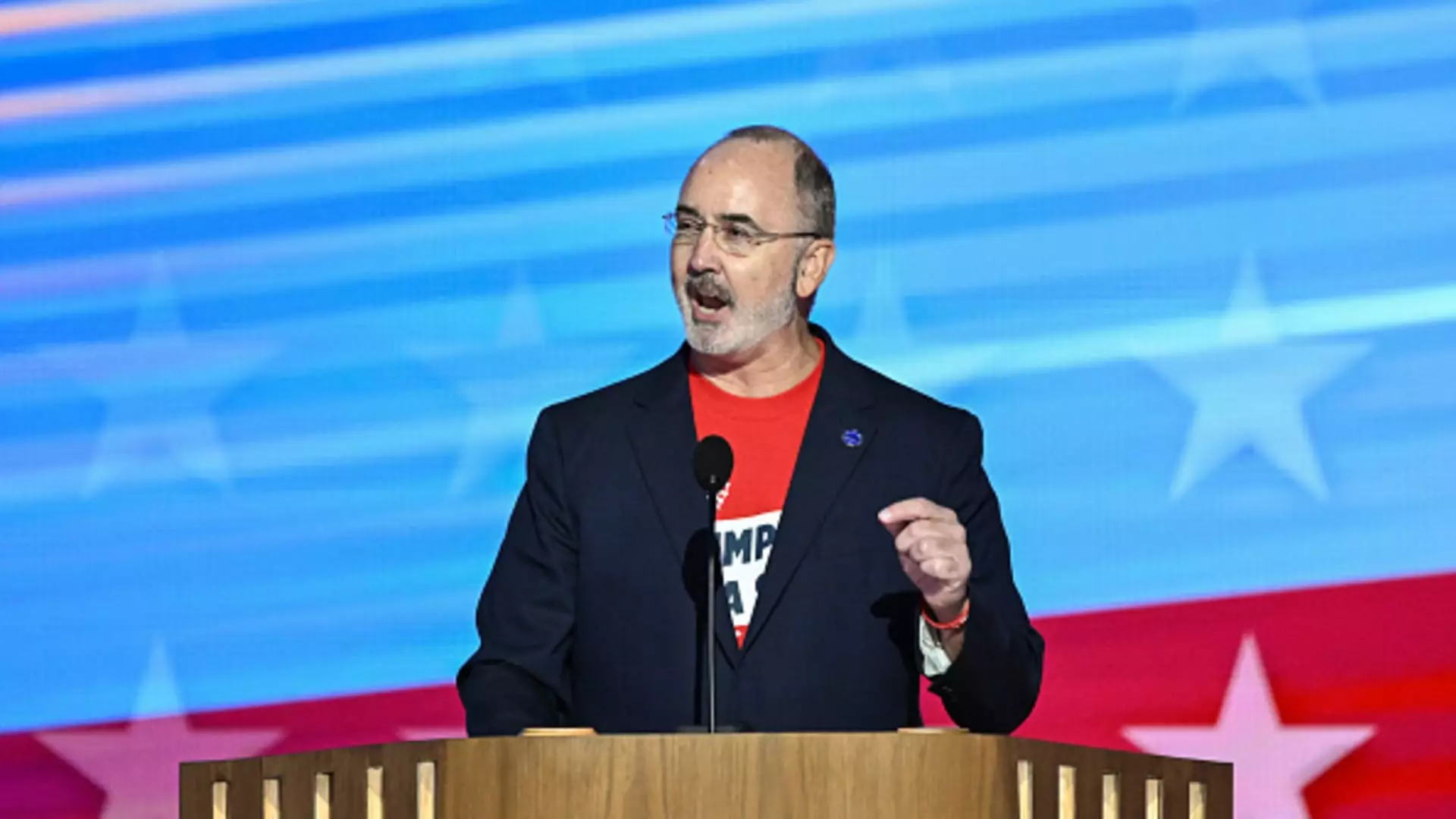In a significant development within the automotive industry, the United Auto Workers (UAW) union has taken definitive action against Stellantis by filing federal unfair labor practice charges. Allegations are centered around the automaker’s purported violations of existing contract terms and an attempted relocation of Dodge Durango production outside the United States. This move underscores the increasing tension between labor unions and auto manufacturers, particularly following challenges linked to the implementation of new contracts and production commitments.
The UAW has expressed strong dissatisfaction with Stellantis’s actions since the new contract was established last year, highlighting significant discontent over production cuts and layoffs. UAW President Shawn Fain articulated these concerns, emphasizing the gains achieved in the 2023 contract, which included a commitment to resume operations at the Belvidere assembly plant in Illinois and to manufacture the Dodge Durango in Detroit. “We intend to enforce our contract, and to make Stellantis keep the promise,” Fain declared, signaling the union’s firm stance on non-compliance issues.
In contrast, Stellantis has downplayed the severity of the charges. The company contends that it has upheld its commitments outlined in the Investment Letter, which forms part of the 2023 Collective Bargaining Agreement with the UAW. Stellantis claims that it strongly objects to the allegations made by the union, suggesting instead that its production strategies are in alignment with the negotiated terms. This direct confrontation raises important questions about accountability and transparency in corporate conduct, particularly in relation to labor contracts.
The union’s concerns go beyond the alleged production shift of the Dodge Durango. Several local UAW chapters have filed grievances, asserting that Stellantis is attempting to move production out of the U.S. The specific details regarding the relocation remain murky, as the UAW has not disclosed where the production might go—though speculation points to potential displacement in Ontario, Canada. Such moves could have serious implications for U.S. jobs and the overall economy, igniting further unrest among union members and workers.
As the UAW continues to pursue its grievances, including over 24 formal complaints against Stellantis, the broader implications for labor relations in the automotive sector cannot be ignored. Workers are watching closely, especially in an era of heightened labor activism. The outcomes of these disputes could redefine the relationship between automakers and labor unions, setting precedents for future negotiations and alliances as both parties seek to bolster their standing in a rapidly changing industry landscape.
The ongoing standoff between the UAW and Stellantis serves as a critical reminder of the complexities involved in labor relations, particularly in sectors like manufacturing where job stability, production commitments, and corporate strategies collide. How this situation unfolds will likely impact not only the current workforce but also the future labor environment in the automotive industry.

